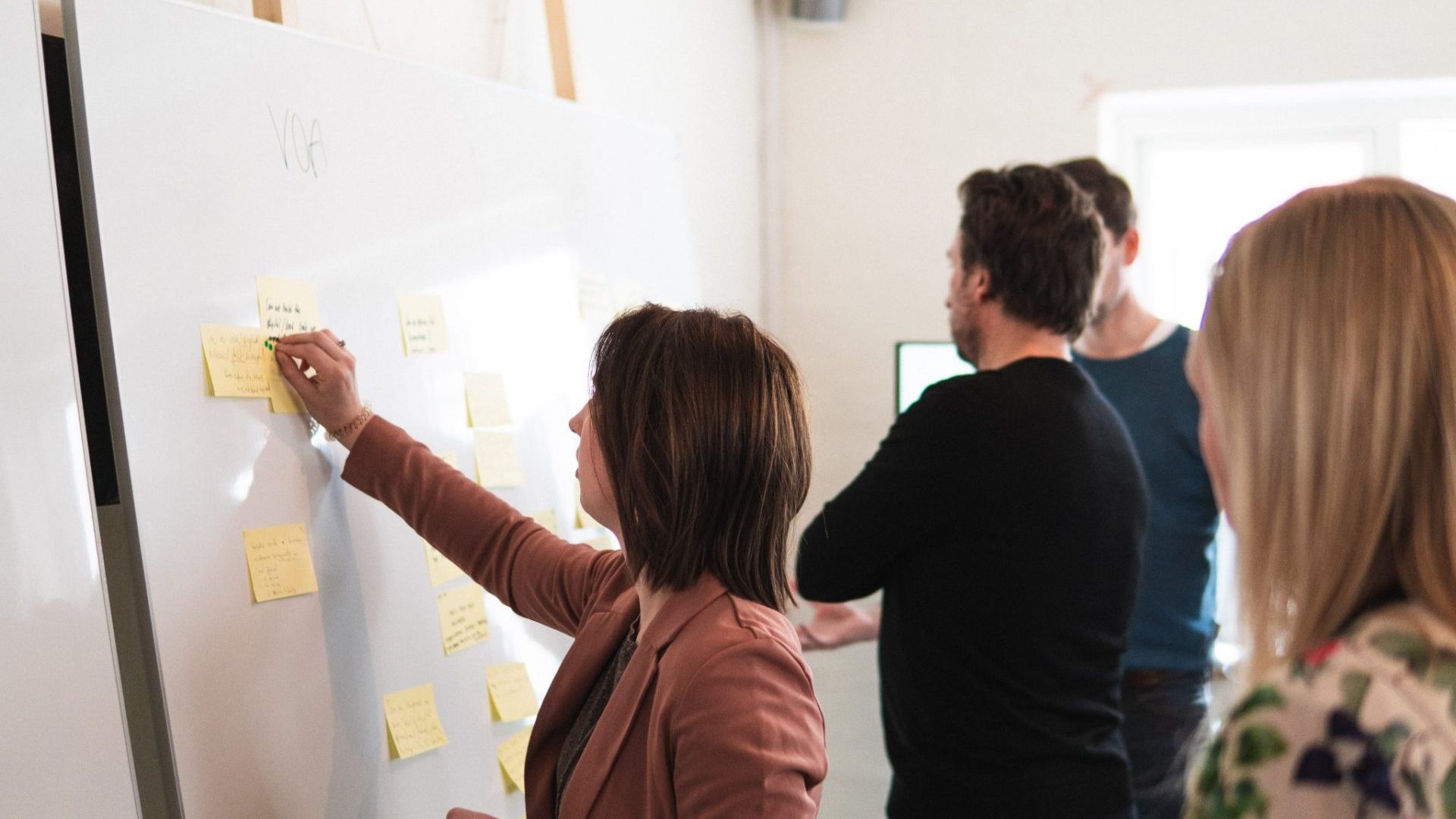Design beyond Thinking

Design Thinking: The whole method is essentially about empathizing with the user. But what does that mean exactly? In our experience, there is one big pitfall.
Design methods and design thinking have gained more traction over the years in a wide range of innovation processes across public and private organizations and companies. Through countless workshops including +50 sprints, we have a lot of positive things to say about the design sprint and design thinking more generally.
The design sprint – often credited to Jake Knapp and other members of the Google Ventures team, which first published the method in 2012 – in many ways encapsulates the essence of Design Thinking. The Design Sprint consists of 5 stages:
1. Empathize 2. Define 3. Ideate 4. Prototype 5. Test
The first stage, which is seeing the development of new solutions and initiatives through the eyes of the actual user, forms the basis for the rest of the process. It is tempting to point out how essential it is to get off to a good start. So what does it mean to empathize with the user?
For whom do we solve a problem?
In the design sprint, we risk basing our solution on our assumptions about the users. The assumptions may be justified and, in many cases, a part of the user story, but it is rarely the whole truth. That is why we have added a good portion of anthropological preparatory work over the years to base the design sprint’s excellent innovation processes on real insights and research centered on the target group. Concretely, we have, on the first day of the sprint, pushed in a block where research findings from our preliminary anthropological studies are presented and processed. At this point we answer: What is the goal of the design sprint, and for whom are we doing something?
A user is a human being
For us, the starting point is not empathy for an imaginary user/customer, but for a real person who will interact with the product or experience we’re developing. It’s an actual person who will try out the experience on the last day of the sprint, thus validating our solution or signaling a need for iteration .
If you have also discovered the necessity of thinking about your users’ needs in developing new solutions, concepts, strategies, business ideas, etc., try adding a good dose of anthropological preparatory work. We can never be sure what we will come back with, but our experience says that it always provides a more enlightened basis for the sprint’s many discussions and quick decisions.
And a small side benefit: interacting on day one with the people for whom we must solve something through the design sprint gives a real motivational boost for the whole team. That’s worth taking along
